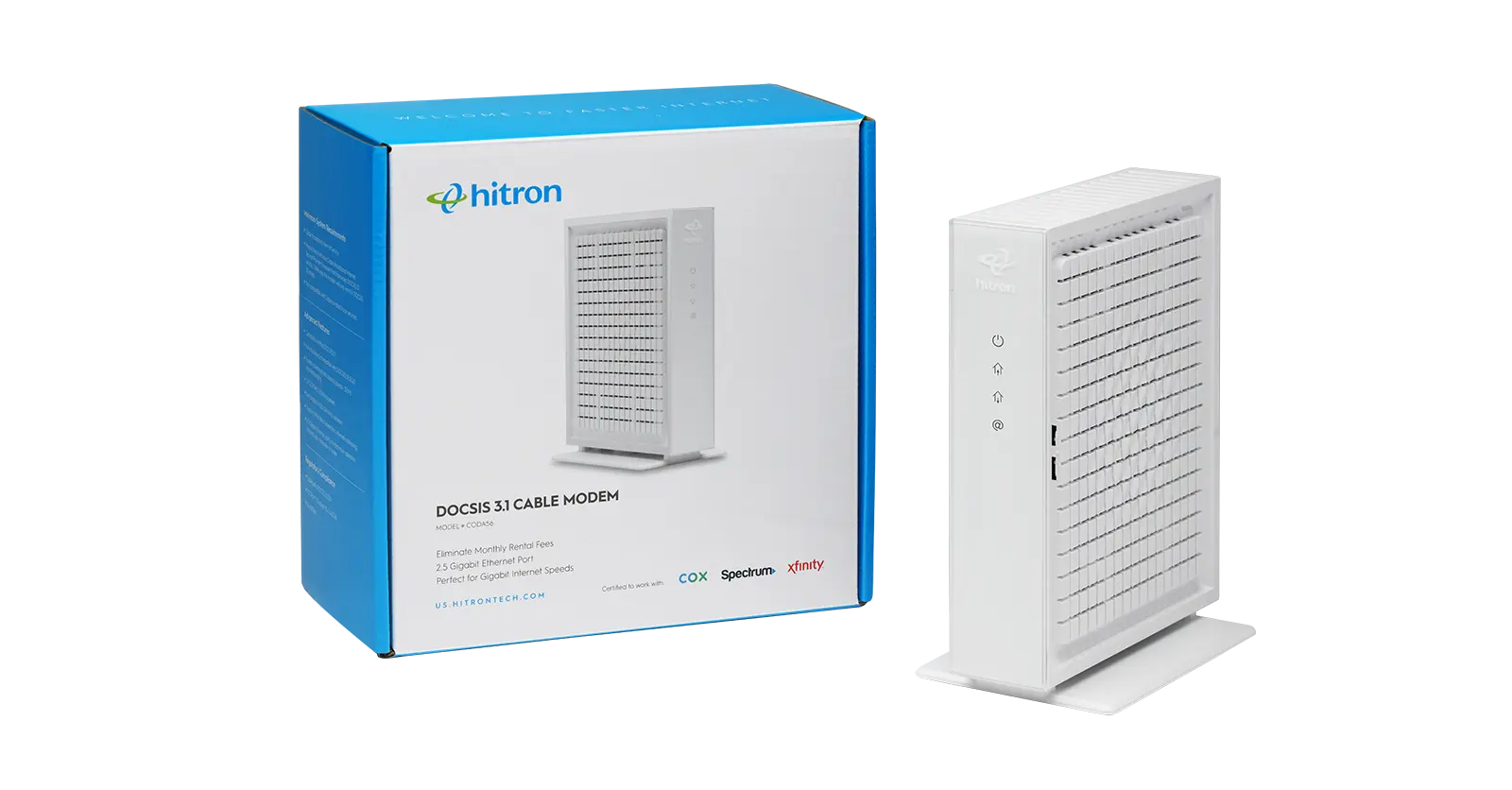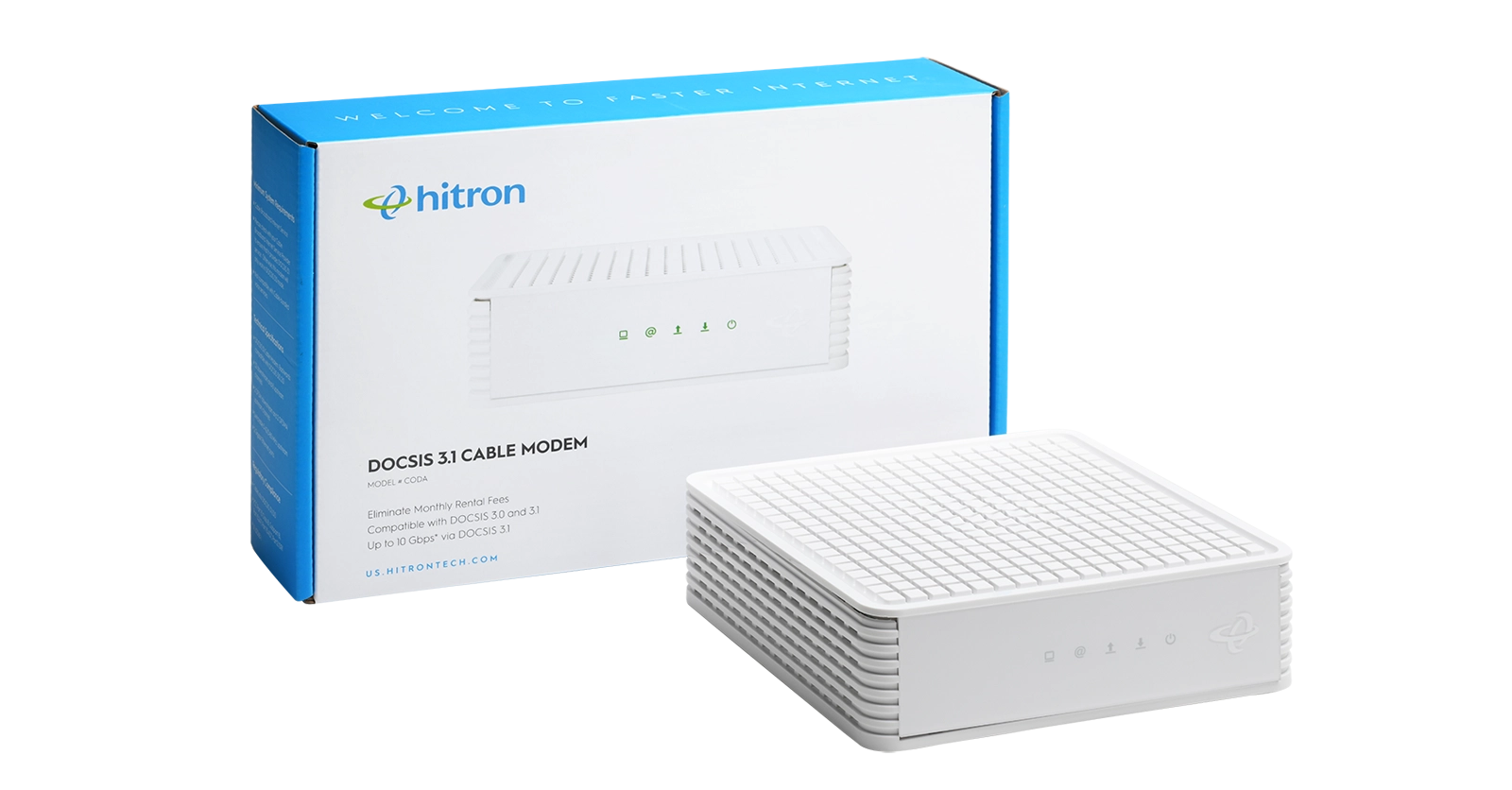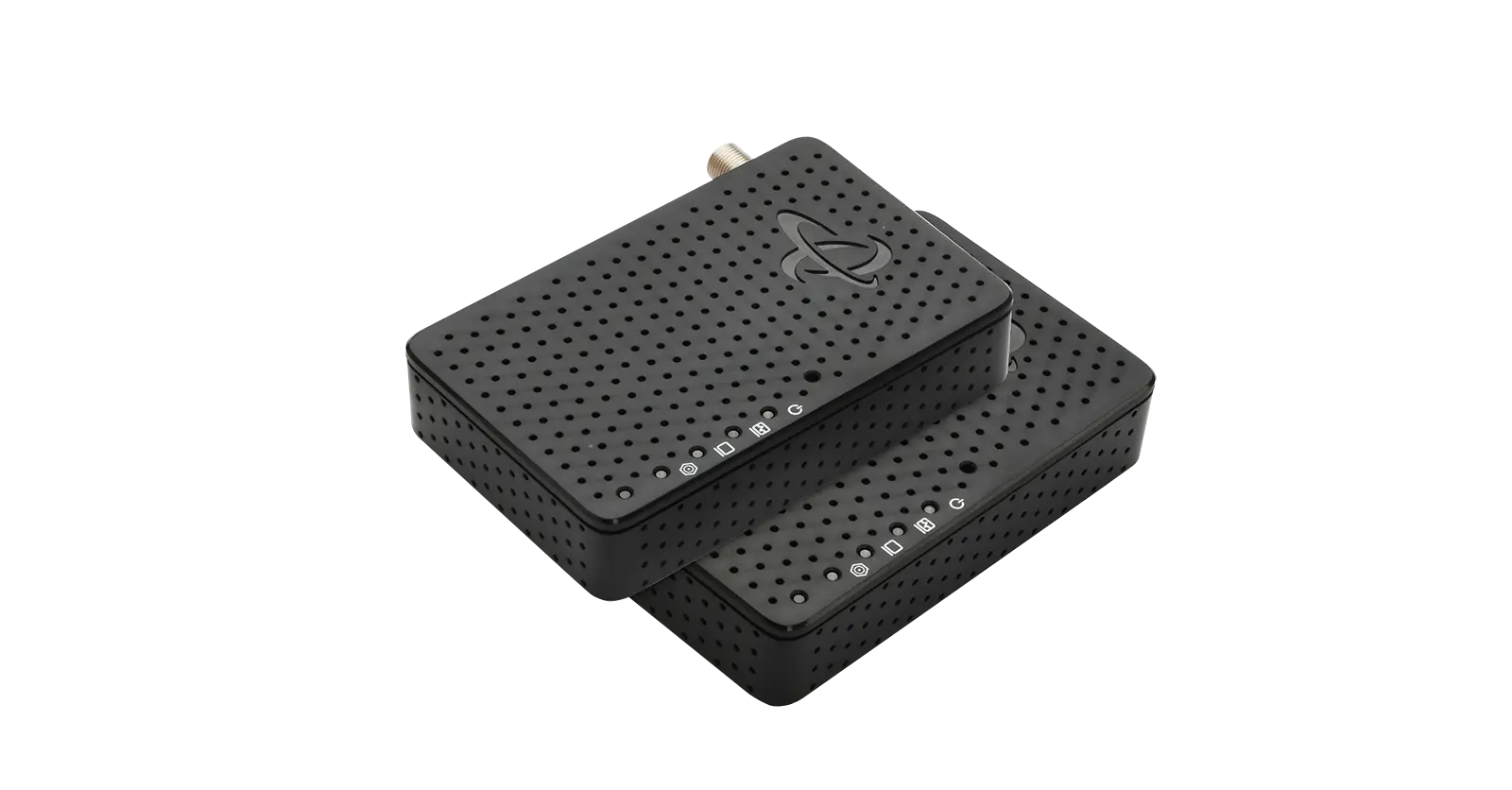PON stands for Passive Optical Network. A PON system brings optical fiber cabling and signals all or most of the way from an Internet service provider (ISP) to the end user. A PON system is designed to deliver broadband Internet access to your home or office by connecting you as a subscriber to your ISP. Depending on where the PON ends, the system will be considered fiber-to-the-curb (FTTC), fiber-to-the-building (FTTB), or fiber-to-the-home (FTTH).
Components of PON
The components used in a passive optical network are:
- Optical line terminal (OLT) which is the device at your ISP’s central hub
- Optical network terminal (ONT) which is the device near to your home or office
- Optical network unit (ONU) which is virtually the same as an ONT.
The way that these components are interrelated affects how the PON functions.
Compared to a point-to-point system (an active optical network, or AON), the PON reduces the amount of fiber needed.
How a PON functions
A PON’s architecture is point-to-multipoint, which means that a single optical fiber cable serves multiple endpoints by using unpowered fiber optic splitters. The unpowered splitters make it a passive optical network. That is where PON gets the name.
These splitters are also known as the optical distribution network (ODN). Within the PON and ODN, the OLT sends a single stream of downstream traffic to all ONTs/ONUs. The OLT is one point, the multiple ONT/ONU devices are multiple points. (Point-to-multipoint.) Each ONT/ONU device reads the content of specific downstream packets that are addressed to it. Encryption prevents eavesdropping on downstream traffic since a PON is a shared network.
Similarly, the OLT allocates upstream traffic as well. The ODN is shared which means that ONUs sending upstream transmissions at random times could collide. The OLT sends messages to delay these transmissions to equalize the delay so that all ONU devices on the PON have a chance at a clear transmission.
Types of passive optical networks (PON)
There are a few different types of PONs and terms to know:
APON stands for asynchronous transfer mode (ATM) passive optical networks. APON was the first PON standard and was used for business applications. Unlike Ethernet or Internet using variable packet sizes for data, APON used fixed-sized cells.
BPON stands for broadband passive optical network. BPON was similar to APON but it introduced the support of wavelength division multiplexing (WDM) which allows multiple ISP’s to transmit on the same single fiber at different wavelengths.
EPON stands for Ethernet passive optical network. EPON uses Ethernet packets instead of ATM cells. EPON also uses Internet Protocol (IP) to carry data, voice, and video data. It generally delivers 1G symmetrical bandwidth, which makes it a popular choice.
GPON stands for Gigabit Ethernet passive optical network. GPON uses ATM for voice, Ethernet for data, and proprietary encapsulation for voice. It offers faster Gbps than EPON on downstream and upstream bandwidths. There are different variations of “GPON” that essentially enhances the downstream/upstream wavelength, speed and overall transmission reach. These variations are things like XG-PON or XGS-PON.
The commonality between these PON protocols is that they all operate as passive optical networks. The difference comes down to how they support and transmit wavelengths and overall speed.
Ask your ISP about Hitron’s offerings today. Hitron’s 10G PON solutions allow you to scale up to a future-ready network today with 10-Gigabit PON fiber interface capable of supporting both EPON and XGS-PON. These high-powered devices deliver speeds up to 10 Gbps downstream and 10 Gbps upstream, which provides ultra-high bandwidth needed for IPTV, HD and ultra-HD video on demand, cloud gaming, multi-Gigabit data, telecommuting, voice over IP and more.
Learn more about fiber technology and FiOS on Hitron’s Learn Page.


